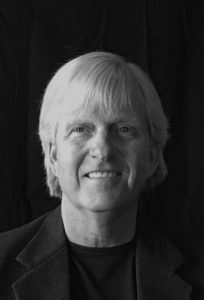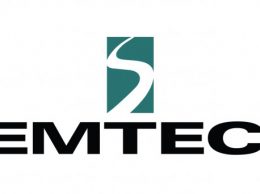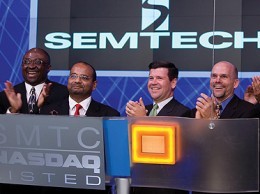No game changers at 2017 CES

David Newton
By David Newton
The 2017 (50th anniversary) Consumer Electronics Show felt a lot like 2016, which felt a lot like 2015.
My 15th year walking the 2.3 million square feet of exhibit space showcasing 4,000 companies lacked the buzz and anticipation of breakthrough tech innovations that have typically defined this annual event.
And that’s the difference between continuous — and discontinuous — change. The former follows an incremental, linear and more predictable trajectory, while the latter is truly new and unique, typically rendering existing products and services obsolete — or at least endangered.
This year was an overload replay of drones, OLED HD TVs, virtual reality gear and games, and all kinds of Bluetooth-enabled audio. Nothing was really “new” — just enhanced. The connected SmartHome had the same products and services from prior years: routers, security cameras and monitoring, smart bathrooms and kitchen appliances, beds, HVAC, lights — and, of course, Amazon’s voice assistant Alexa was everywhere (all set for interactive cars as well).
The phones and laptops were also more of the same old same old. Augmented Reality and VR goggles, wireless headsets and motion-sensor gloves and floor pads were simply upgrades from the last few years. And electric hoverboards, uniwheels and bikes felt like re-runs, as did smart watches and the dozens of personal fitness monitors.
Local area firms also had only incremental-upgrade versions of their products. I enjoyed the FLIR Systems demo of its latest version thermal-imaging cameras, while TrackR had newer models of its Crowd GPS. Camarillo-based Semtech showed off its line-up of analog and other mixed-signal semiconductors that power various products in the IoT space for high-end consumer, commercial and industrial equipment. But nothing “set the bar” at a new level.
Driverless automobiles still hold the greatest upside for fundamentally altering one of the most common functions of everyday life. Lyft raised $1 billion to develop its own model to compete alongside Tesla, BMW, Google, Uber, Nissan-Renault, Apple, Ford, Kia — who all had some form of demo about staking their claims in this emerging market. They remain interesting and functionally viable but are still a few years away from daily adoption (most estimates are between 2020-2026).
Same for Intel’s engaging presentation debuting 5G modems “that could be used in next-gen cellphones” coming in . . . 2020.
My 2017 favorites — that were somewhat “new” — included the Razer Valerie three-screen laptop. Flip up the center screen as usual, then slide out screen two to the left and screen three to the right to either view three separate programs side-by-side (spreadsheet, web page, presentation slides) or all three screens sync for an ultra-wideview single display for enhanced gaming or movies.
The Faraday Future self-driving car looks ultra-modern amazing, goes zero-to-60 in 2.5 seconds and almost 400 miles per charge but Tesla is way past this “concept” phase, so it remains to be seen if Faraday will be delivering its autos in 2018, 2019 or ever.
The Motiv fitness tracker is a fashionable ring, doing everything the much larger wrist-wearables do.
The Aira demo was very cool, allowing those who are blind to show a remotely located real-time “agent” what they’re seeing in stores or while out walking and get agent-view audio assist advice to cross the street, pick out clothes or find groceries.
Kingston debuted its ready now 2 terabyte portable USB flash drive – the Data Traveler – that can hold more than 1,500 full-length movies. It was a real kick showing the millennial demo team guy my Sony MicroVault 128MB drive I bought at Internet World in LA (circa 2000).
So CES 2017 did not introduce a game changer that dominated the show or promised to revolutionize a market or industry the way the iPod, iPhone, or iPad did.
Incremental continuous innovation ruled the five days in Las Vegas with the promise that there will always be something coming in the future to improve upon today.
• David Newton is a Santa Barbara resident. He is a new venture consultant and teaches strategy at the Center for Executive Development in the Rady School of Management at the University of California, San Diego.











